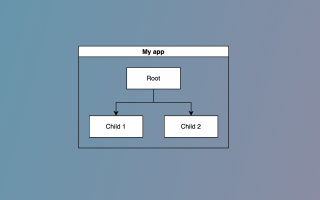AngularJS was one of the most popular JavaScript frameworks for building dynamic web applications for over a decade. However, with the release of Angular 2, many developers have started considering migrating their AngularJS projects to Angular 2. While Angular 2 offers many advantages over AngularJS, the migration process can be challenging and time-consuming due to several obstacles that developers may encounter. In this article, we will discuss some of the main obstacles developers may face while updating their project from AngularJS to Angular 2.
Syntax Changes
AngularJS and Angular 2 have significant differences in their syntax, which makes it difficult for developers to migrate their projects. Angular 2 uses a component-based architecture, whereas AngularJS uses a controller-based architecture. Additionally, Angular 2 has changed some of the core syntax, such as the way you define directives and modules, and also introduced new syntax features like decorators, which are not present in AngularJS.
Dependency Injection
Angular 2 has introduced a more advanced dependency injection system, which makes it easier for developers to manage their project’s dependencies. However, this system is significantly different from the one used in AngularJS, which may lead to confusion and errors while migrating. Developers must have a deep understanding of how dependency injection works in Angular 2 to ensure a successful migration.
TypeScript
Angular 2 is built on top of TypeScript, a superset of JavaScript that offers many advanced features, including static typing, classes, and interfaces. This is a significant change from AngularJS, which used plain JavaScript. Migrating from JavaScript to TypeScript can be a daunting task for developers, as it requires a good understanding of TypeScript syntax and features.
Performance Optimization
Angular 2 is designed to provide better performance than AngularJS. However, to achieve this, developers must optimize their code by reducing the size of the application, improving the loading speed, and ensuring efficient use of resources. This requires significant effort and knowledge of best practices in performance optimization.
Third-Party Library Compatibility
AngularJS has been around for a long time, and many third-party libraries were developed to work with it. However, not all of these libraries are compatible with Angular 2. Developers may need to either update these libraries or find alternatives that work with Angular 2.
Conclusion
Migrating from AngularJS to Angular 2 can be a challenging and time-consuming process due to several obstacles, including syntax changes, dependency injection, TypeScript, performance optimization, and third-party library compatibility. However, with proper planning, preparation, and a good understanding of the new framework’s features, developers can successfully update their projects to Angular 2 and take advantage of its many benefits.



